How Do 'Shark Fins' Work, And Why Have They Made A Comeback To F1?
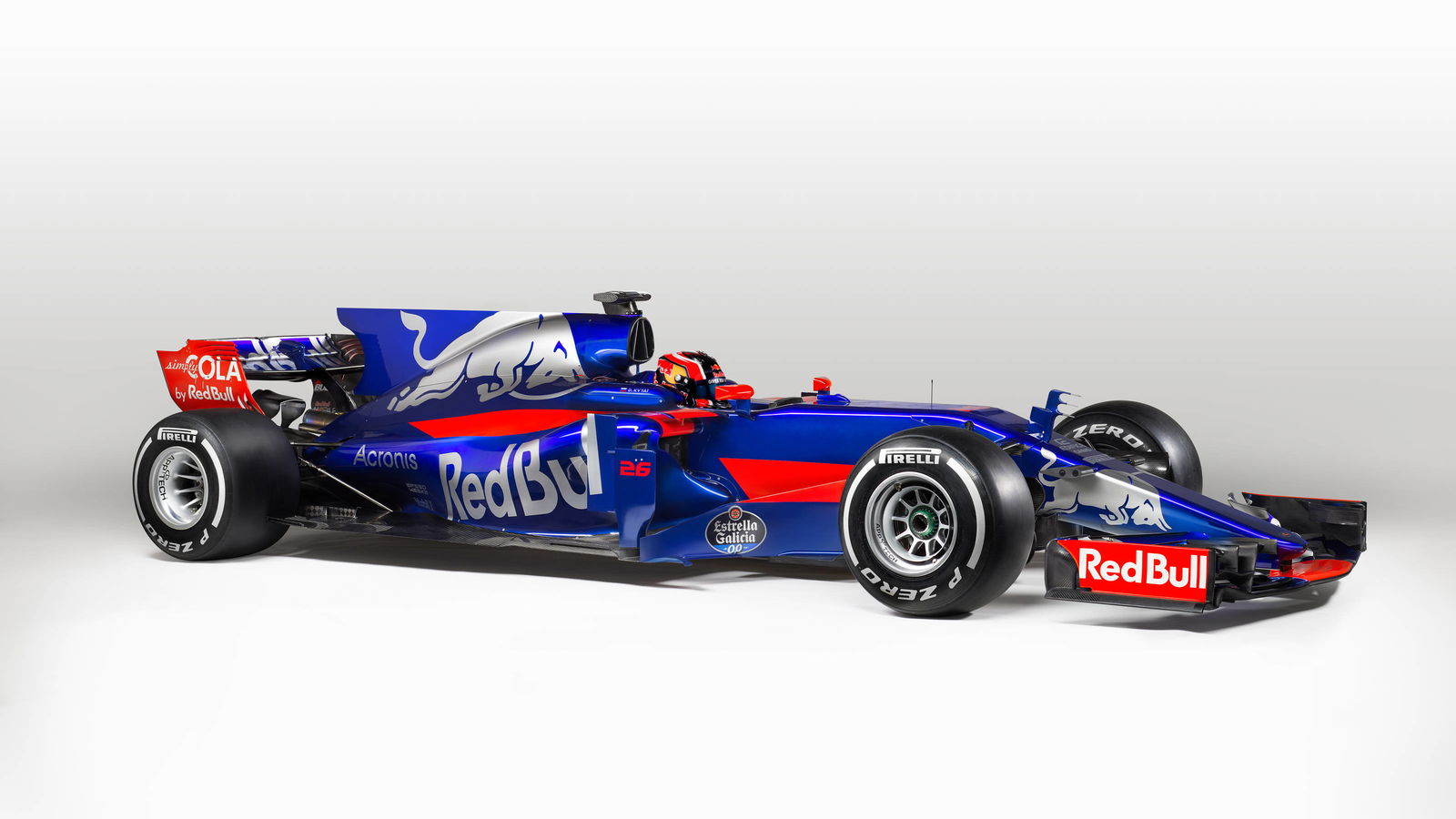
The last week or so has seen a flurry of motorsport-based excitement along with multiple talking points. Starting with Sauber, each F1 team unveiled its freshest creation to take to the racetracks of the world in 2017. Falling in line with the lastest rule changes, one of the biggest alterations to the cars in terms of aesthetics has been the large veins or ‘shark fins’ protruding from the rear of the air intakes.
Seen in past F1 seasons (most prominently in 2011) before falling out of popularity, they have come back with a bang with all but Mercedes (to an extent) implementing them into the car’s design.
WEC has also adopted them as mandatory features on LMP cars, albeit with a slightly different end goal compared to the developments in F1. Apart from providing large billboards for advertising purposes, these new fins have genuine engineering purpose behind them. Intrinsically linked to the new rules changes, here’s a quick guide running over the need for these aerodynamic components and how they will affect the performance of the current crop of racing cars.
The first reason - and most important specifically in terms of the 2017 Formula One cars - is the rules governing the dimensions of the rear wing. The FIA has forced the wing to be lower and wider which positions the aerodynamic device in what would seemingly be an area of poor airflow. A wing set high from the body of the car will receive clean air that is passing far above the rest of the vehicle. The lower airflow nearer the body of the car becomes ‘dirty’ and turbulent which is less efficient for aerodynamic use.
To smooth the airflow interacting with the wing, the fin has been placed along the gap where turbulent air would be created, instead forcing the air to run smoothly and cling to the surface of the fin. Not only will the airflow be more laminar, it will also be straightened which will mean it meets perpendicularly with the rear wing. This therefore will increase the efficiency of the rear wing, aiding downforce and grip that is also emphasised through the new tyre regulations.
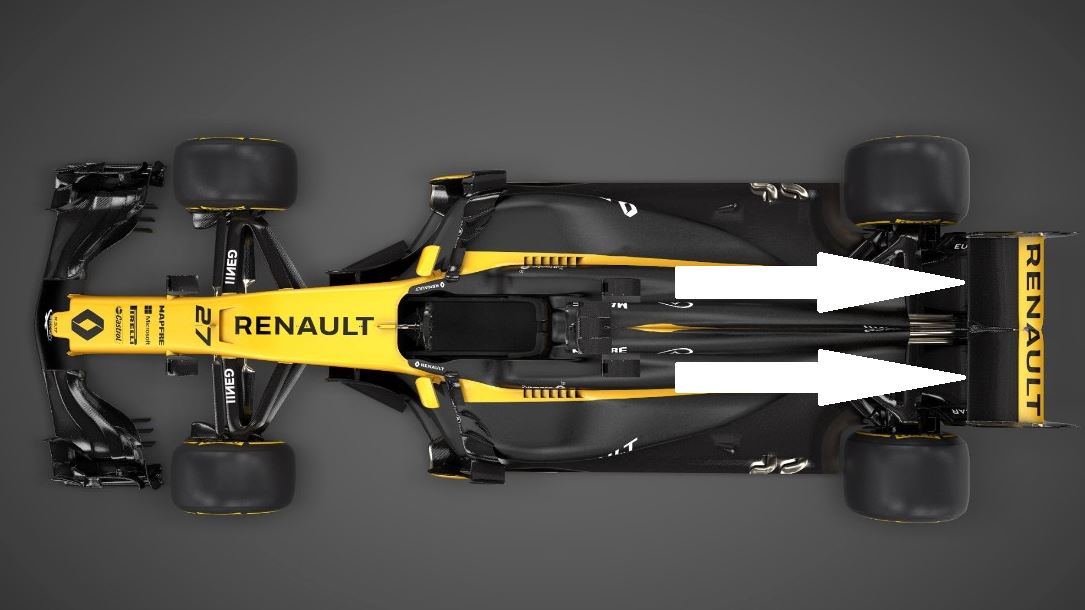
The second use of a shark fin is for stability - this concerns WEC cars in particular. LMP racers grew a reputation for flipping once pitch and roll angles were suddenly altered. This occurred when kerbs were hit or cars slid sideways, flinging one side of the car in the air. To counteract the unwanted force contributing to this roll, fins were enforced to act as large wind vanes, pushing the car’s centre of pressure rearwards for stability.
As an LMP car begins to slide sideways, the vane creates an opposing force to counteract the slide. The lateral force is also utilised in both F1 and WEC to maximise cornering grip as the large vane will use incoming airflow to counteract yaw and keep the car tight on its line throughout the corner.
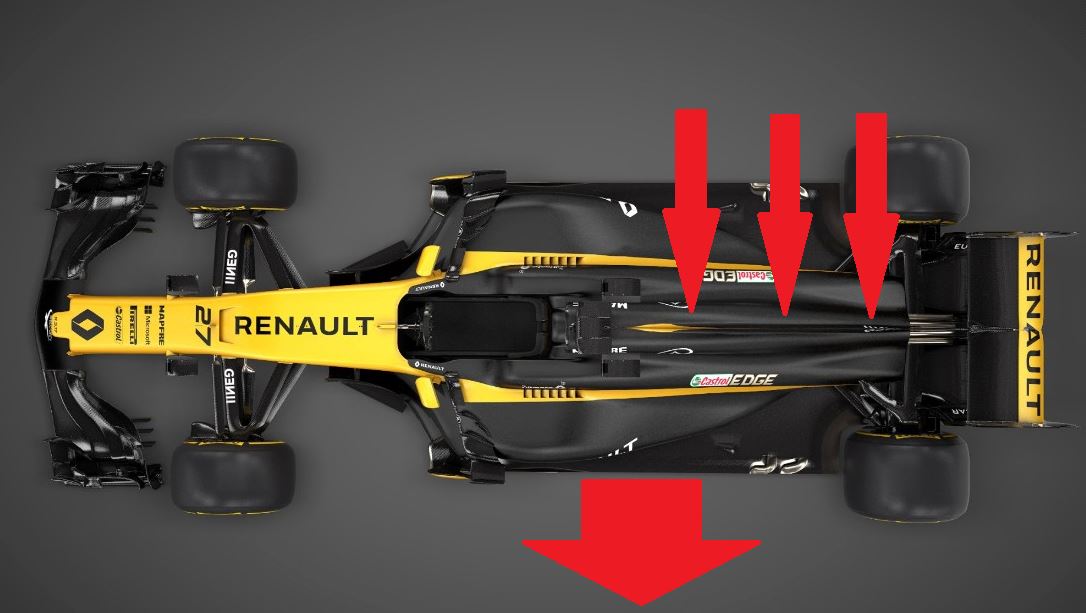
Some of the cynics amongst F1 fans have blasted the teams for using the large, ugly ‘sails’ but considering the amount of aerodynamic analysis that the cars will undergo via wind tunnel and real-world testing, it’s safe to say that the engineers behind the cars can justify the use of the controversial fins.
Although Mercedes has currently opted for a much sleeker solution that employs a minimal fin compared to the rest of the paddock, news has emerged that the team is due to fit the car with a larger fin for the upcoming tests in Barcelona. I have a feeling that may shut the critics up a little, but we shall see.
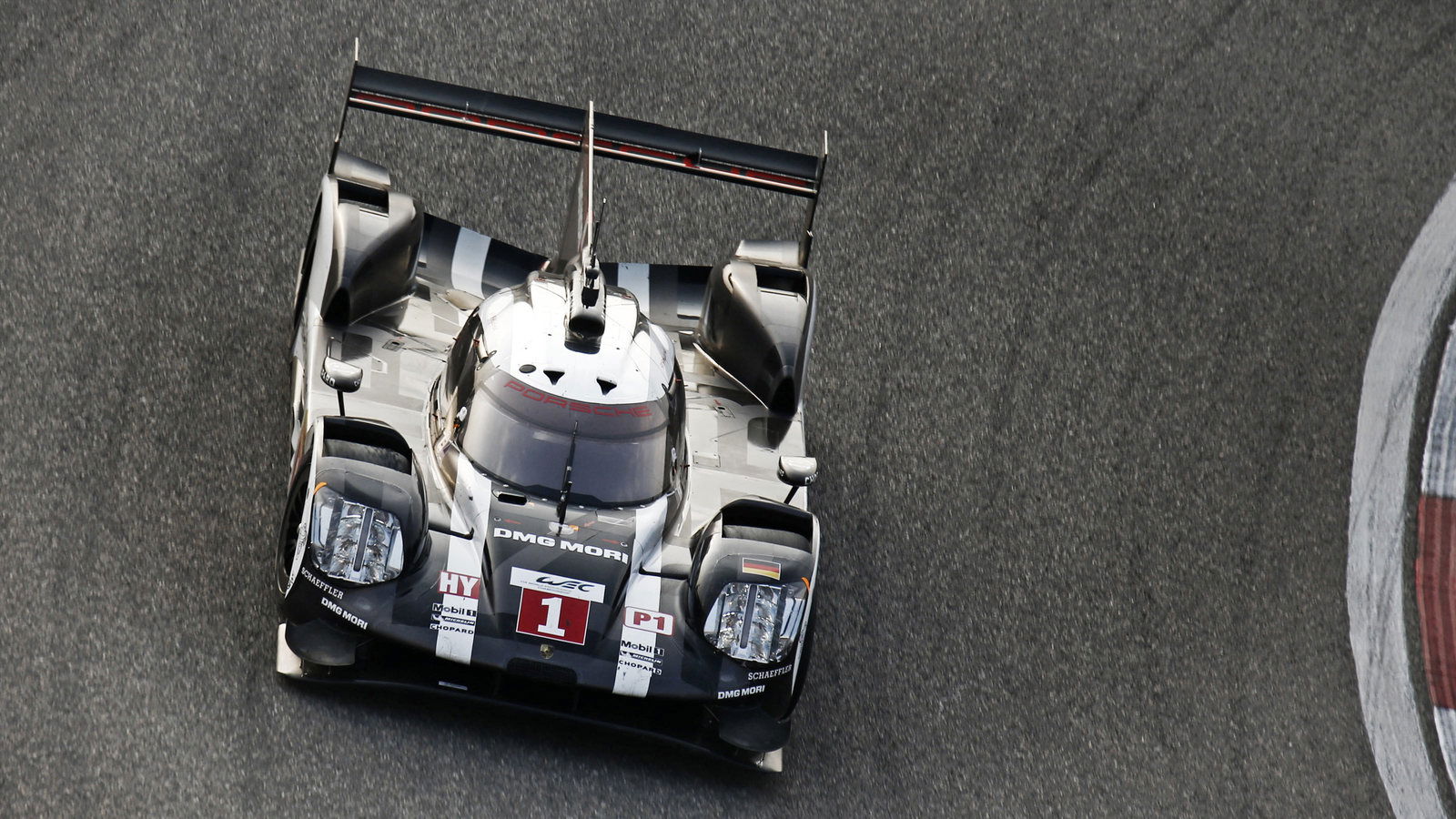
Although there are plenty of performance and safety-orientated reasons to use these fins, they do have a couple of downsides. First of all, they are susceptible to crosswinds that will use the large surface area to try and shift the direction of motion of the car. The surface area also adds to the overall drag force on the car, impacting the maximum speed that the cars can reach down long straights.
The mass placed high within the car’s geometry will also raise the centre of gravity, decreasing the handling agility. Despite this, the advanced composites used to make the body panels means the mass of the fin will be fairly minimal when compared to other components on the car.
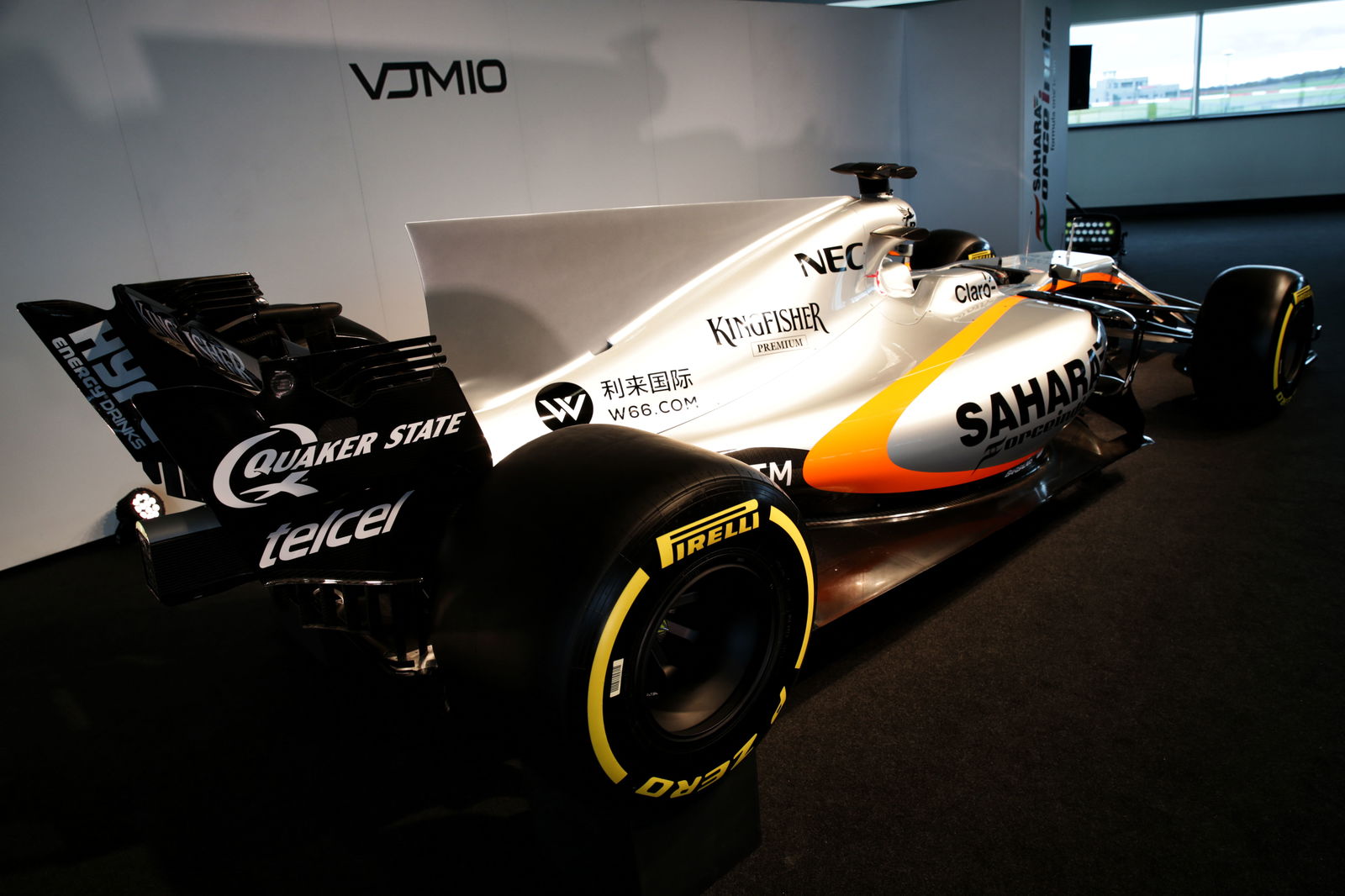
The FIA has claimed that the 2017 crop of Formula One cars will be lapping up to three seconds faster than last year’s machines. So comparisons will definitely be made from the first race of the season in terms of pace and cornering speed to see whether the new changes have produced the goods that they’ve promised.
With shark fins and wider wings being the headline changes along with the widening of the tyres, it seems like most of the pace increase will come through cornering speeds. Whether this will equate to enthralling racing is a different story but the cars released last week have showed that Formula One is still at the cutting edge of automotive engineering. Will supercars of the future use shark fins? Probably not, but who knows what technology will trickle its way down into road car manufacture in the coming years.
Comments
Why have they made a come back?, who doesn’t want to drive a shark
Also add for additional “COOLNESS”
Should only be allowed if they look good, so only HAAS would be allowed if I ran the sport haha
Because petrolheads want a car version of jaws
Plus: they have more space for sponsor stickers.
Shark find get a feature but whole me wnascar race format is ignored
will supercars use them?
I think they look good on LMP cars because it’s the same height as the wing and it goes all the way to the wing. As the F1 ones do neither, I personally think that they look stupid. Aero wise though they are so useful.
Kinda reminds me of the rear wing from the Lamborghini Veneno
What I’m wondering is why Mercedes is the only team not to have one…
Pagination